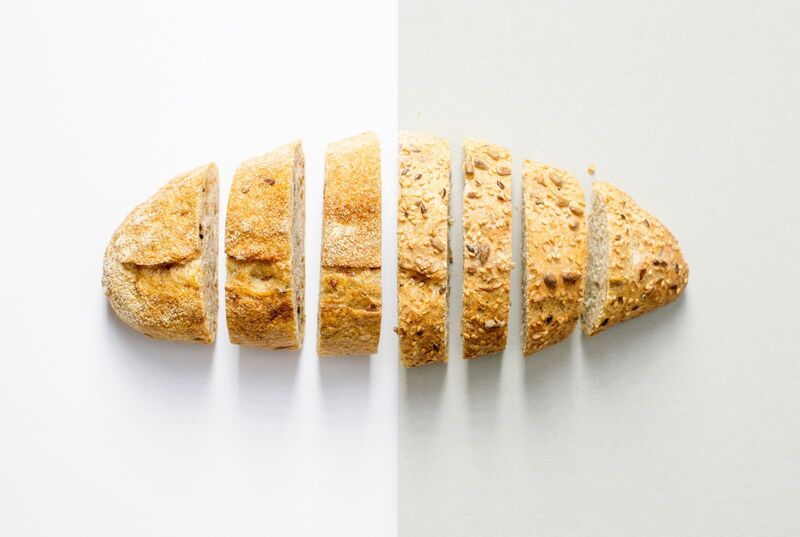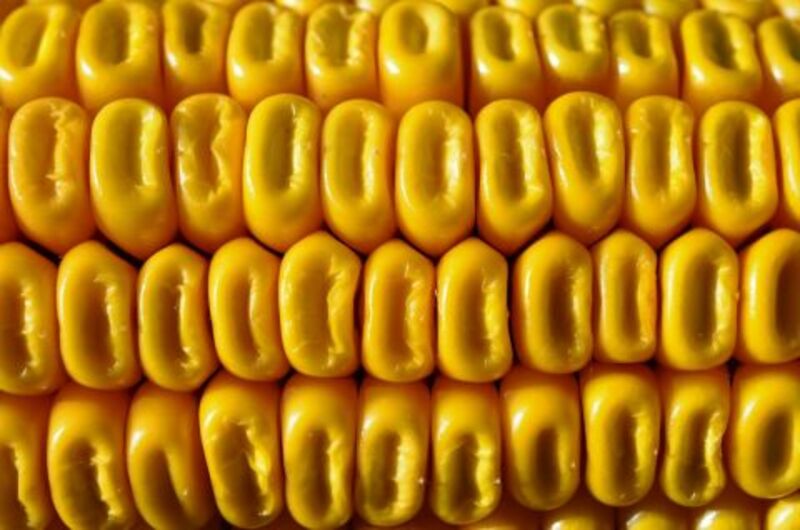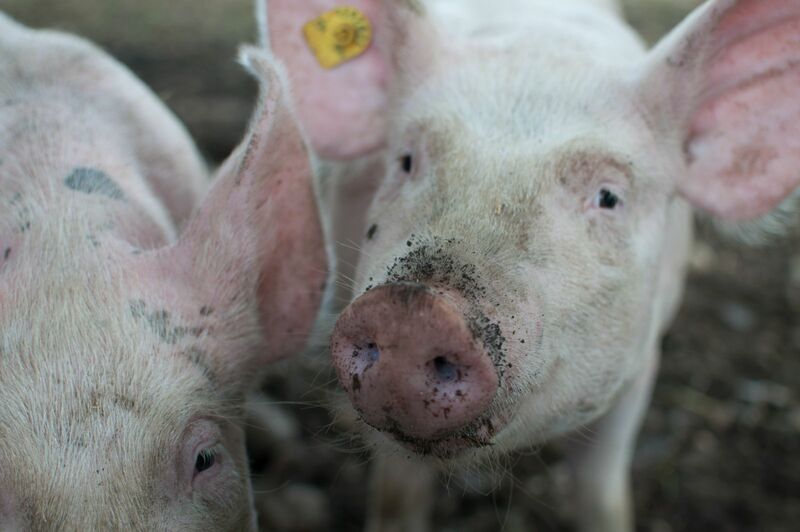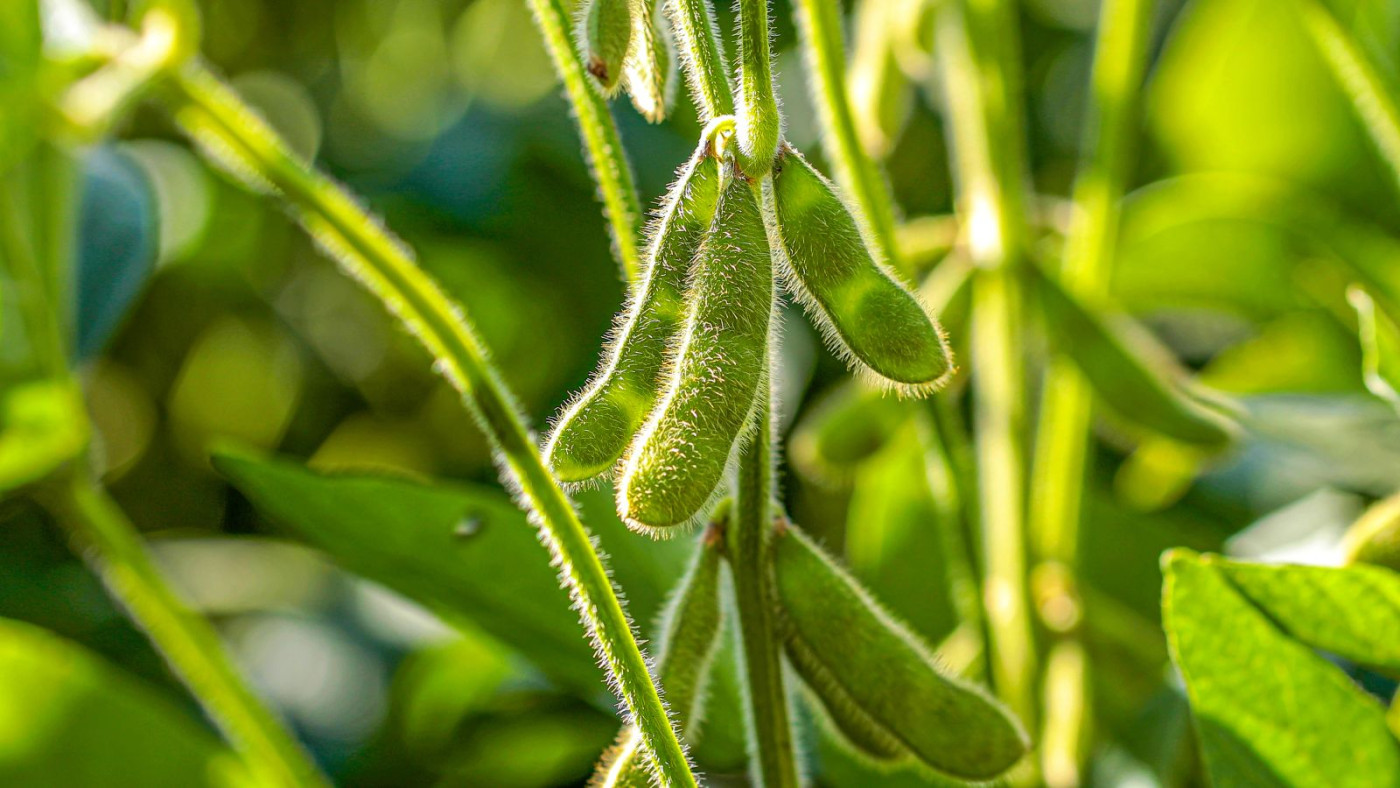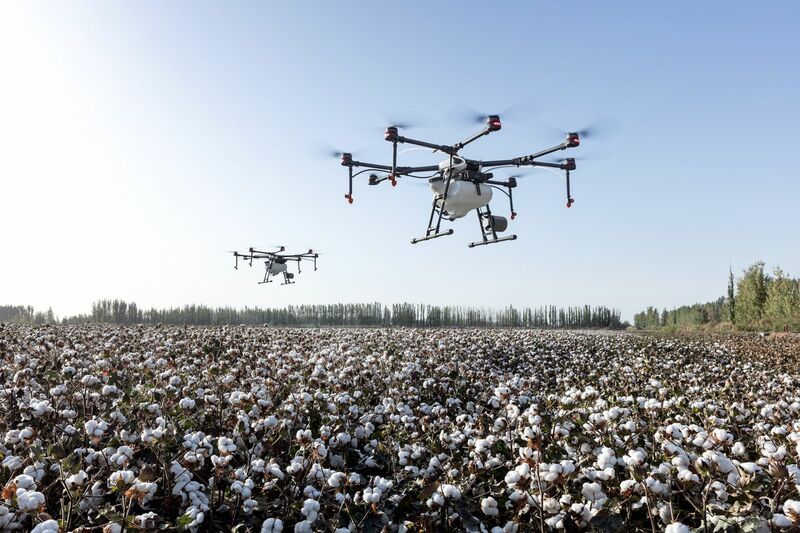March arabica coffee (KCH24) today is up +0.70 (+0.39%), and Mar ICE robusta coffee (RMH24) is down -85 (-2.69%).
Coffee prices this morning are mixed. Arabica prices today recovered from a 7-week nearest-futures low and are moderately higher as updated weather forecasts reduced the rain chances for this week in Brazil's coffee-growing regions.
Coffee prices today were initially undercut after Conab, Brazil's crop forecasting agency, projected Brazil's 2024 coffee production would climb +5.4% y/y to 58.1 million bags. The 2024 coffee crop year is seen as the most productive of Brazil's biennial coffee year cycle.
Weakness in the Brazilian real is bearish for coffee prices as the real (^USDBRL) today fell to a 1-month low against the dollar. The weaker real encourages export selling by Brazil's coffee producers.
Robusta coffee, earlier this week on Tuesday, soared to an all-time nearest-futures (RBF24) high. Scant robusta coffee supplies have sparked fund buying of robusta coffee futures. ICE-monitored robusta coffee inventories Tuesday fell to a record low of 3,113 lots. Also, robusta coffee supplies are expected to tighten further in the cash market as Vietnam's coffee farmers hoard supplies in anticipation of even higher prices. Vietnam is the world's largest producer of robusta coffee beans.
Low coffee inventories are bullish for prices. On Tuesday, ICE-monitored robusta coffee inventories fell to a record low of 3,113 lots. ICE-monitored arabica coffee inventories fell to a 24-year low of 224,066 bags on November 30, although they recovered moderately Wednesday to a 1-1/2 month high of 267,320 bags.
Tight robusta coffee supplies are bullish for prices. Vietnam's General Department of Customs reported last Wednesday that Vietnam's 2023 (Jan-Dec) coffee exports fell -8.7% y/y to 1.62 MMT. Also, Vietnam's agriculture department on November 3 projected Vietnam's coffee production in the 2023/24 crop year could drop by -10% to 1.656 MMT, the smallest crop in four years, due to drought. Meanwhile, the Vietnam Coffee Association on December 5 projected that 2023/24 Vietnam coffee production would fall to 1.6 MMT-1.7 MMT, down from 1.78 MMT a year earlier.
Arabica coffee prices are supported by concern that recent dry weather in Brazil will damage coffee crops. Somar Meteorologia reported Monday that Brazil's Minas Gerais region received only 70.9 mm of rainfall in the past week, or 85% of the historical average. Minas Gerais accounts for about 30% of Brazil's arabica crop.
A bearish factor for coffee prices in increased exports from Brazil after exporter group Cecafe reported Brazil's Dec green coffee exports jumped +31% y/y to 3.78 million bags. Also, Brazil's Trade Ministry reported Brazil's Dec coffee exports (not roasted) jumped +33.7% y/y to 244 MMT. Brazil is the world's largest producer of arabica coffee beans.
An increase in global coffee supplies is negative for prices after the International Coffee Organization (ICO) reported on January 3 that Nov global coffee exports rose +4.1% y/y to 10.61 million bags and Oct-Nov coffee exports are up +3.1% y/y at 20.25 million bags.
The U.S. Climate Prediction Center on June 8 declared an El Nino weather event, which is likely to support coffee prices. An El Nino pattern typically brings heavy rains to Brazil and drought to India, negatively impacting coffee crop production. The El Nino event may bring drought to Vietnam's coffee areas late this year and in early 2024, according to an official from Vietnam's Institute of Meteorology, Hydrology, and Climate Change.
In a bearish factor, the International Coffee Organization (ICO) projected on December 5 that 2023/24 global coffee production would climb +5.8% y/y to 178 million bags due to an exceptional off-biennial crop year. ICO also projects global 2023/24 coffee consumption will rise +2.2% y/y to 177 million bags, resulting in a 1 million bag coffee surplus.
The USDA's Foreign Agriculture Service (FAS), in its biannual report released on December 21, projected that world coffee production in 2023/24 will increase +4.2% y/y to 171.4 million bags, with a +10.7% increase in arabica production to 97.3 million bags, and a -3.3% decline in robusta production to 74.1 million bags. The USDA's FAS forecasts that 2023/24 ending stocks will fall by -4.0% to 26.5 million bags from 27.6 million bags in 2022-23. The USDA's FAS projects that Brazil's 2023/24 arabica production would climb +12.8% y/y to 44.9 mln bags due to higher yields and increased planted acreage. The USDA's FAS also forecasts that 2023/24 coffee production in Colombia, the world's second-largest arabica producer, will climb +7.5% y/y to 11.5 mln bags.
More Coffee News from
- Grain Bulletin: Is More Downside Expected for Soybean, Corn, and Wheat Prices?
- Grains: The Sector Has One Bullish Factor
- Sugar Prices Give Up Early Gains as Brazilian Real Weakness Spurs Long Liquidation
On the date of publication, Rich Asplund did not have (either directly or indirectly) positions in any of the securities mentioned in this article. All information and data in this article is solely for informational purposes. For more information please view the Disclosure Policy here.
Disclaimer: The copyright of this article belongs to the original author. Reposting this article is solely for the purpose of information dissemination and does not constitute any investment advice. If there is any infringement, please contact us immediately. We will make corrections or deletions as necessary. Thank you.
